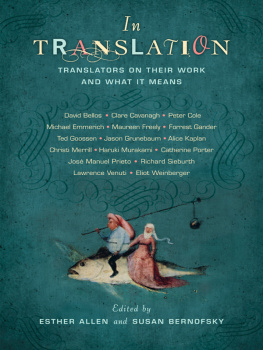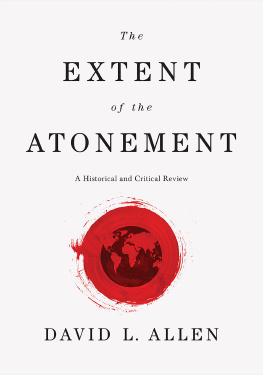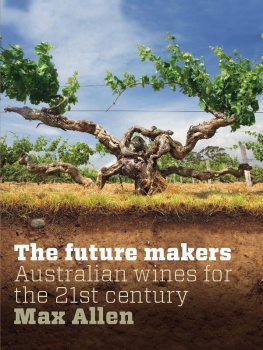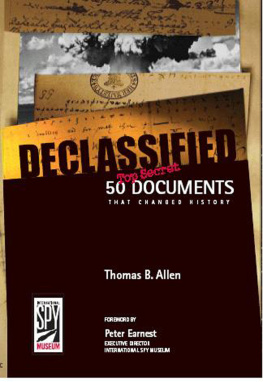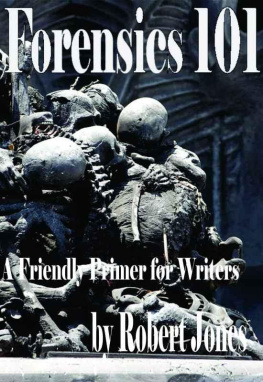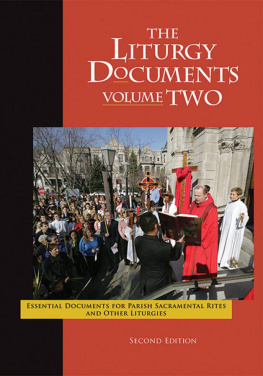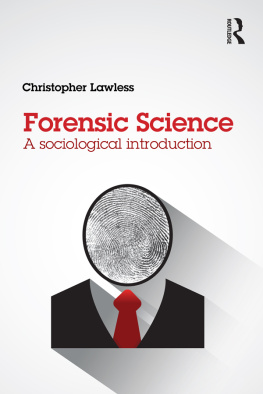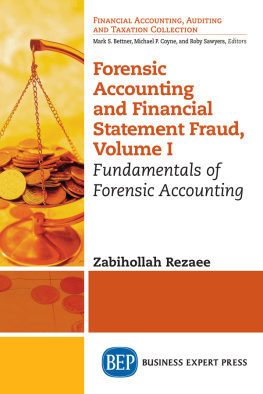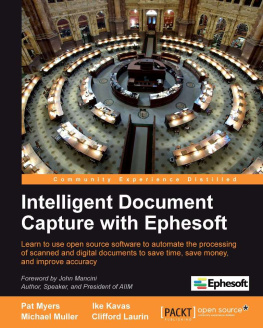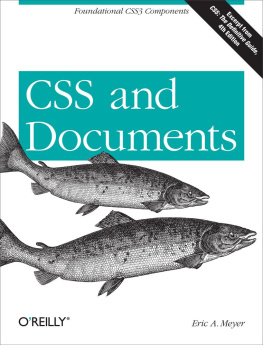
Essentials of Forensic Science
Titles in the series:
- An Introduction to Forensic Genetics, Second Edition
- William Goodwin, Adrian Linacre and Sibte Hadi
- Forensic Botany: A Practical Guide
- David Hall and Jason Byrd
- Wildlife DNA Analysis: Applications in Forensic Science
- Adrian Linacre and Shanan Tobe
- Forensic Approaches to Buried Remains
- John Hunter, Barrie Simpson and Caroline Sturdy Colls
- The Forensic Examination and Interpretation of Tool Marks
- David Baldwin, John Birkett, Owen Facey and Gilleon Rabey
This edition first published 2016 2016 by John Wiley & Sons, Ltd
Registered office: John Wiley & Sons, Ltd, The Atrium, Southern Gate, Chichester, West Sussex, PO19 8SQ, UK
Editorial offices: 9600 Garsington Road, Oxford, OX4 2DQ, UK
The Atrium, Southern Gate, Chichester, West Sussex, PO19 8SQ, UK
111 River Street, Hoboken, NJ 07030-5774, USA
For details of our global editorial offices, for customer services and for information about how to apply for permission to reuse the copyright material in this book please see our website at www.wiley.com/wiley-blackwell.
The right of the author to be identified as the author of this work has been asserted in accordance with the UK Copyright, Designs and Patents Act 1988.
All rights reserved. No part of this publication may be reproduced, stored in a retrieval system, or transmitted, in any form or by any means, electronic, mechanical, photocopying, recording or otherwise, except as permitted by the UK Copyright, Designs and Patents Act 1988, without the prior permission of the publisher.
Designations used by companies to distinguish their products are often claimed as trademarks. All brand names and product names used in this book are trade names, service marks, trademarks or registered trademarks of their respective owners. The publisher is not associated with any product or vendor mentioned in this book.
Limit of Liability/Disclaimer of Warranty: While the publisher and author(s) have used their best efforts in preparing this book, they make no representations or warranties with respect to the accuracy or completeness of the contents of this book and specifically disclaim any implied warranties of merchantability or fitness for a particular purpose. It is sold on the understanding that the publisher is not engaged in rendering professional services and neither the publisher nor the author shall be liable for damages arising herefrom. If professional advice or other expert assistance is required, the services of a competent professional should be sought.
Library of Congress Cataloging-in-Publication Data
Allen, Michael (Michael John), 1959- , author.
Foundations of forensic document analysis : theory and practice / Michael Allen.
p. ; cm. {\emdash} (Essentials of forensic science)
Includes bibliographical references and index.
ISBN 978-1-118-64689-2 (cloth)ISBN 978-1-118-72993-9 (paper)
I. Title. II. Series: Essentials of forensic science (Forensic Science Society)
[DNLM: 1. Documentation. 2. Forensic Sciences{\emdash}methods. 3. Records as Topic. W 750]
RA1147.5
614.1dc23
2015006398
A catalogue record for this book is available from the British Library.
Wiley also publishes its books in a variety of electronic formats. Some content that appears in print may not be available in electronic books.
Cover image: Hans Laubel/iStockphoto
About the Author
Mike graduated from Keble College, Oxford University in 1981 with a degree in Physiological Sciences and went on to obtain an MSc in Forensic Science from the University of Strathclyde. In 2011 he completed his PhD with the University of Staffordshire having researched handwriting development in children.
Mike's forensic career began in 1983 in the Questioned Documents section of the Forensic Science Service laboratory in Birmingham, UK. In 1992, together with six colleagues, he helped to set up Document Evidence Limited to supply forensic document examination in the private sector to many police forces, other public bodies as well as lawyers and private clients. In 2008 Mike decided to semi-retire leaving Document Evidence but continuing to do some casework until finally retiring from that in 2013 having examined thousands of cases and given evidence in court on hundreds of occasions. He has been teaching document examination in several universities for a number of years and continues to do so.
Mike was Lead Assessor in Questioned Documents in the Council for the Registration of Forensic Practitioners from its inception and continued to play a role until its eventual closure in 2009. He has also been manager for the diplomas in Questioned Documents and Identity Documents for the Chartered Society of Forensic Sciences (previously the Forensic Science Society).
Series Foreword
Essentials of Forensic Science
The world of forensic science is changing at a very fast pace in terms of the provision of forensic science services, the development of technologies and knowledge and the interpretation of analytical and other data as it is applied within forensic practice. Practising forensic scientists are constantly striving to deliver the very best for the judicial process and as such need a reliable and robust knowledge base within their diverse disciplines. It is hoped that this book series will provide a resource by which such knowledge can be underpinned for both students and practitioners of forensic science alike.
It is the objective of this book series to provide a valuable resource for forensic science practitioners, educators and others in that regard.
Professor Niamh Nic Daid, FRSE
University of Dundee
Series Editor
Preface
What is document examination?
Forensic document examination is a wide ranging speciality that encompasses the examination of all aspects of document production. (The one examination type not involved is the examination of fingerprints on documents.) There are many aspects to document production, including handwriting and signatures, the examination of machine printed documents, alterations to documents, recovering information about how and when a document was produced, together with many other less frequently encountered problemssuch as determining the sequence in which intersecting ink lines were written. The knowledge and experience required by the document examiner for handwriting comparisons thus ranges from matters such as the kinds of features to be found in handwriting, the determination of line fluency or the effects of age on handwriting, to an understanding of the components of ink and how they may be compared optically and chemically, to the composition of paper (potentially to the extent of determining how to identify tree species that make up a sheet of paper), to a knowledge of how mechanical devices such as typewriters, computer printers and printing machines work.
In other words, for a practitioner to be able to examine a document as a whole, rather than just some particular aspects of it, a broad, scientific training is invaluable.
In some countries the different subsets of the document examiner's scope are indeed divided up, for example there might be a handwriting expert, a forensic chemist to examine inks, an electron microscopist to look at the components in paper and a botanist to look at the tree species present. Traditionally, in the UK, many forensic document examiners deal with most of these sub-specialities. This has the advantage that a document can be considered from a number of angles by the same individual scientist who may then be best placed to integrate the information from different examination types to reach a more meaningful overall conclusion. For example, if a questioned agreement consisting of several pages is examined and contains typed entries, a signature and some handwritten annotations, then the document examiner has several lines of enquiry to follow whereas often the focus by non-experts would only be on the authenticity of the signature. A practitioner who only examined handwriting would therefore not necessarily be in a position to consider other lines of enquiry, such as page substitution or addition of entries at a later time.
Next page

